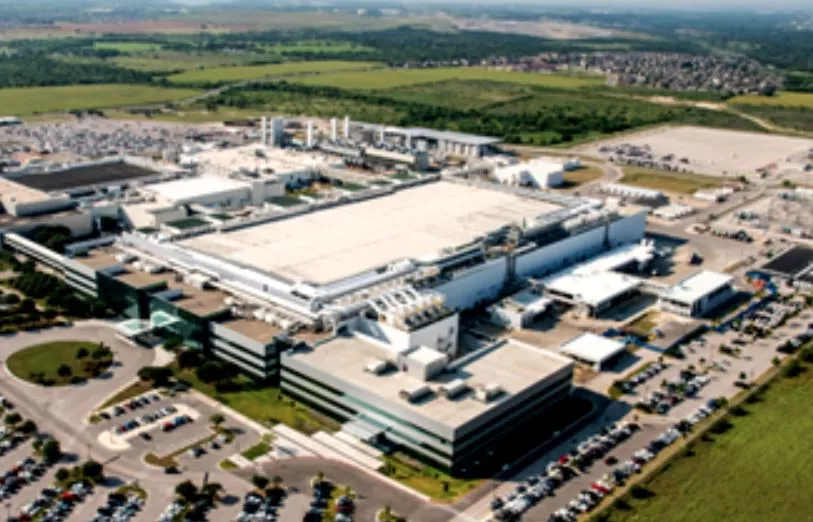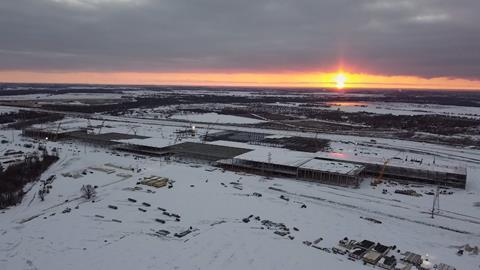Samsung Texas Semi Shutdown Details
At the time Samsung stated that while they were eventually forced to shut down the plant at 1PM yesterday, “With prior notice, appropriate measures have safely been taken for the facilities and wafers in production. We will resume production as soon as power is restored. We are discussing timing with the proper authorities.” While the fabs were shut down more gradually than during a full blackout, we expect the fab went into a ‘cold’ mode, where no equipment is kept running. This means while the equipment will be able to turn on again when the power is restored, many tools will have to run a number of trial runs before they can be put back into full production, and the process can take as long as a month to complete, depending on how out of alignment the tools are.
Taiwan based Trendforce was able to detail production at the plant and estimates that the lost production will lower 2Q smartphone production by ~5%, even though the fab was notified in advance of the shutdown, as all WIP was likely scrapped. In particular Qualcomm’s (QCOM) RFIC products and Samsung LSI’s OLED DDIC (Display Driver), which together represented ~50% of the line’s monthly output, were impacted the most, along with a lesser amount of Samsung’s CMOS Image Sensor Logic ICs. The Qualcomm RFIC is a part of a 5G application processor or a 5G modem, and while the shutdown would reduce 5G smartphone production by 30%, existing stockpiles reduce the overall impact to the aforementioned 5%. Samsung is expected to prioritize this product on restart, while some brands are expected to increase 4G smartphone model production in 2Q to compensate for the shortfall, which could reduce estimates for 5G 2021 smartphone production.
The Samsung OLED DDIC is primarily for the iPhone 12 family, which Apple (AAPL) has stockpiled. That, coupled with weak iPhone Mini sales, will likely keep the impact of the shutdown at a relatively minor level for Apple, but it does point out how vulnerable the CE space is to semiconductor issues and how directly they can influence individual products or the entire industry. Samsung’s shutdown could not have come at a more inopportune time, given existing tight semiconductor fab capacity going into the shutdown, compounding the shortage of display drivers and potentially limiting the most important area of growth for the smartphone business, 5G. Given the unusual aspects of the Texas power grid (its A/C lines do not cross state lines and is therefore not under Federal regulation but cannot pull power from other grids), we wonder whether Samsung will take this issue into consideration when it decides on where its next US semiconductor plant will be located. Austin looked like a shoe-in before the outage.


 RSS Feed
RSS Feed